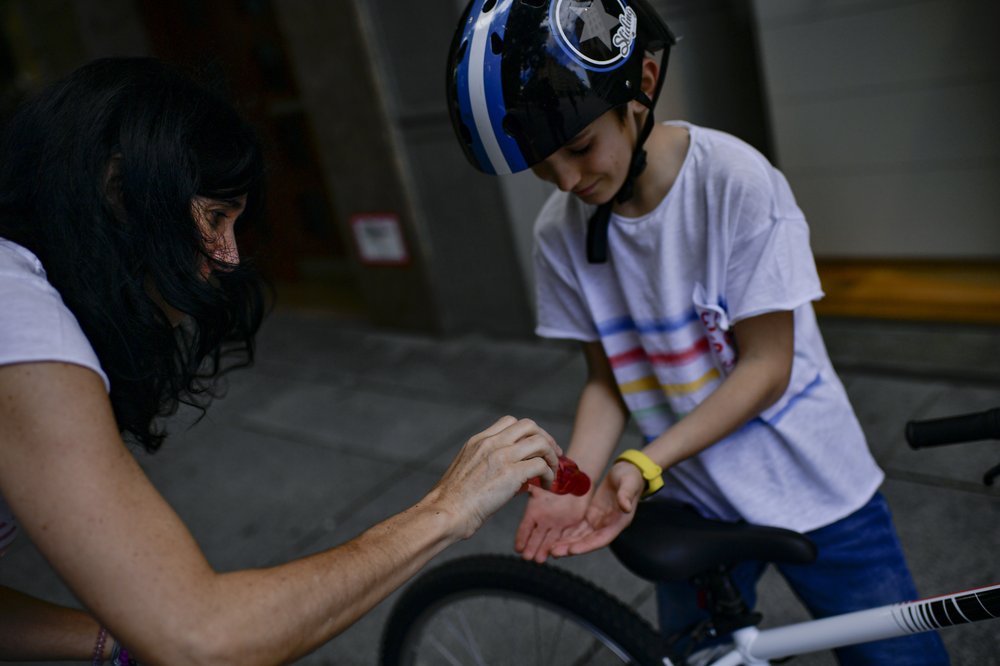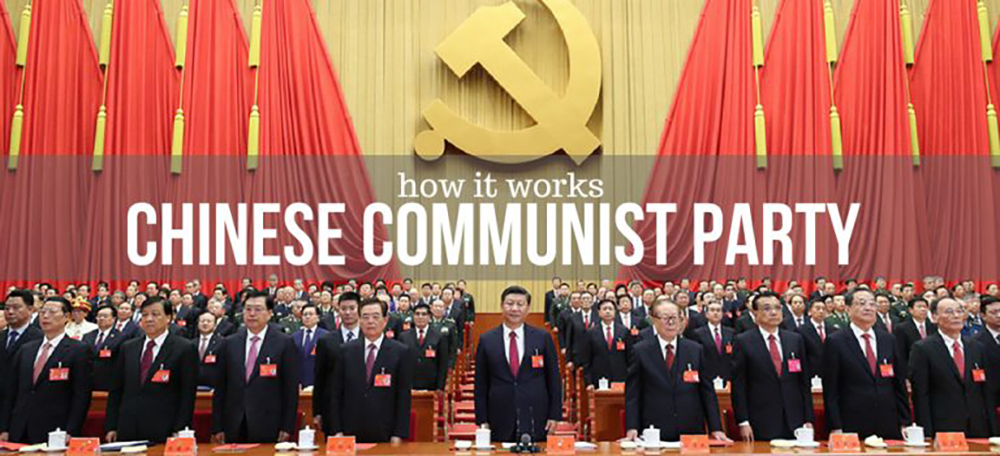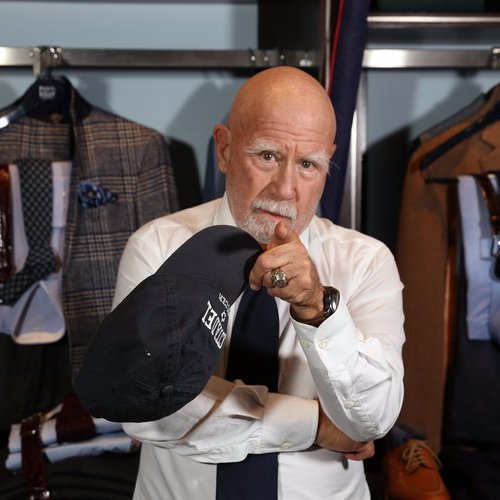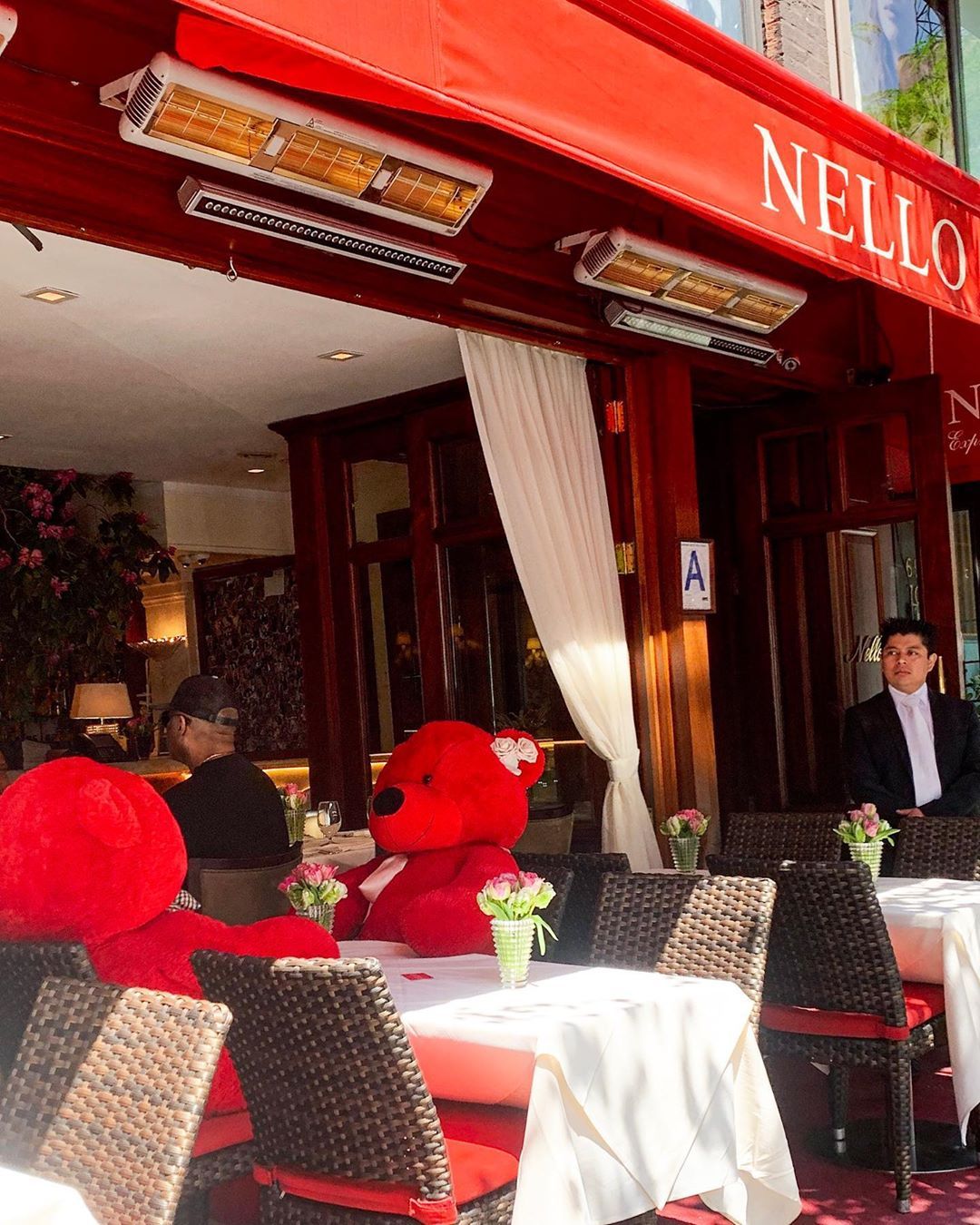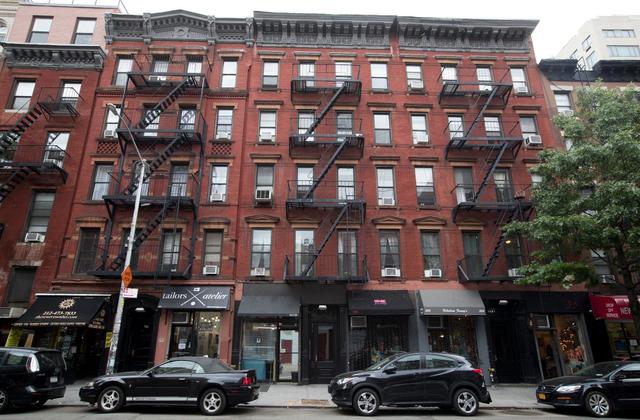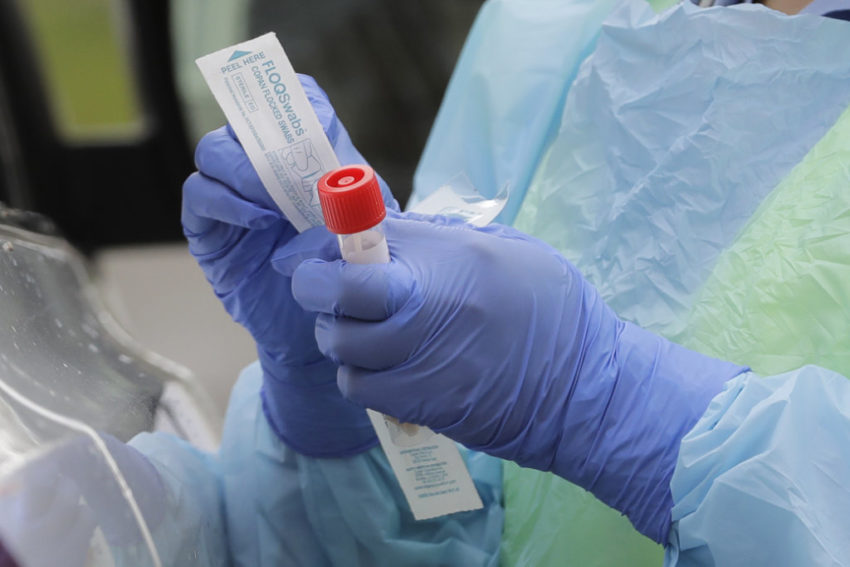by Jared Evan
New York state mandate requiring nursing homes to accept those recovering from COVID-19, even if they still might be contagious, may have been a major contributor of senior deaths in nursing homes.
The NY Post reported that: city nursing homes ravaged by the coronavirus were warned about disturbing patterns of unsanitary behavior long before the deadly outbreak, The Post has found.
It would seem clear that even before the coronavirus pandemic nursing homes in NY have had major issues.
The Post review of nursing home inspection reports from the state Health Department show 13 facilities with at least 10 coronavirus deaths as of Wednesday were cited for a total of 18 infection-control failures since March 2016.
The infractions were as recent as Jan. 31 at Terence Cardinal Cooke Health Care Center in East Harlem, where 20 have died. The New Jewish Home on the Upper West Side, where 24 have perished, had the most violations of the sample, with three.
In total, 413 residents of those 13 homes have succumbed to the virus, among more than 2,000 citywide — a scourge Gov. Cuomo has declared a “feeding frenzy.”
So it would seem the State was quite aware of the conditions with nursing homes based on these inspections , but they went ahead anyway by forcing these facilities to take more patients with COVID, facilities without the most sanitary conditions, creating a breeding ground for disease.
Three states hit hard by the pandemic — New York, New Jersey and California — have ordered nursing homes and other long-term care facilities to accept coronavirus patients discharged from hospitals. The policy, intended to help clear in-demand hospital beds for sicker patients, has prompted sharp criticism from the nursing home industry, staff members and concerned families, as well as some leading public health experts, NBC reported.
As it turned out, there was no actual need to force nursing homes to take patients with corona. Nursing homes are not hospitals. They were being forced to keep recovering coronavirus patients to clear the way for extra bed space in hospitals which were never needed.
Clearly this was a decision based on franticity, not logic. Most of the predictive models were wrong as to the extent of the corona virus, while NYC has seen around 13,000 deaths and 160K cases, these numbers were nowhere near the models government used to make decisions such as the nursing home debacle. There is no hospital space shortage, the Navy Comfort ship left NYC, because those extra beds were not needed.
“Nursing homes are working so hard to keep the virus out, and now we’re going to be introducing new COVID-positive patients?” David Grabowski, a professor of health policy at Harvard Medical School., told NBC news, he believes that states should create COVID-only facilities for recovering patients discharged from hospitals.
“The existing places that can really do this safely in terms of staffing and building space to keep them separate are in the minority,” he added.
In NY State, Governor Cuomo is playing the blame game. He is committed to running an investigation into NY nursing homes & shifted the blame to the facilities as opposed to the government.
At his Sunday press conference Cuomo insisted that nursing homes could transfer those ill with the virus to another facility if the centers lacked such things as quarantine space, proper protective equipment and staff.
Asked by a reporter at his daily briefing Sunday if there was anything contradictory about his statements, the governor replied, “No.”
“A nursing home can only provide care for a patient who they believe they can provide adequate care for,’’ Cuomo said. “If they cannot provide adequate care for a patient, they must transfer that patient.”
Cuomo’s response contradicts what is actually happening. The CEO of a hard-hit Brooklyn nursing home, where 55 patients have died from the coronavirus, told The Post last week that he had been warning state Health Department officials for weeks he had staffing and equipment issues — yet received little help. He made requests for patients to be removed but was denied.
In other words, nursing homes had to take recovering covid-19 patients, risking infection of their existing population of seniors and later request to transfer them? One must wonder if this scandal will quickly vanish in the pages and airwaves of NY media. Cuomo is a Democrat and is the hero in the media narrative, and when you are picked the Democratic party hero, scandals such as a deadly disease spread to our state’s seniors tend to vanish.


